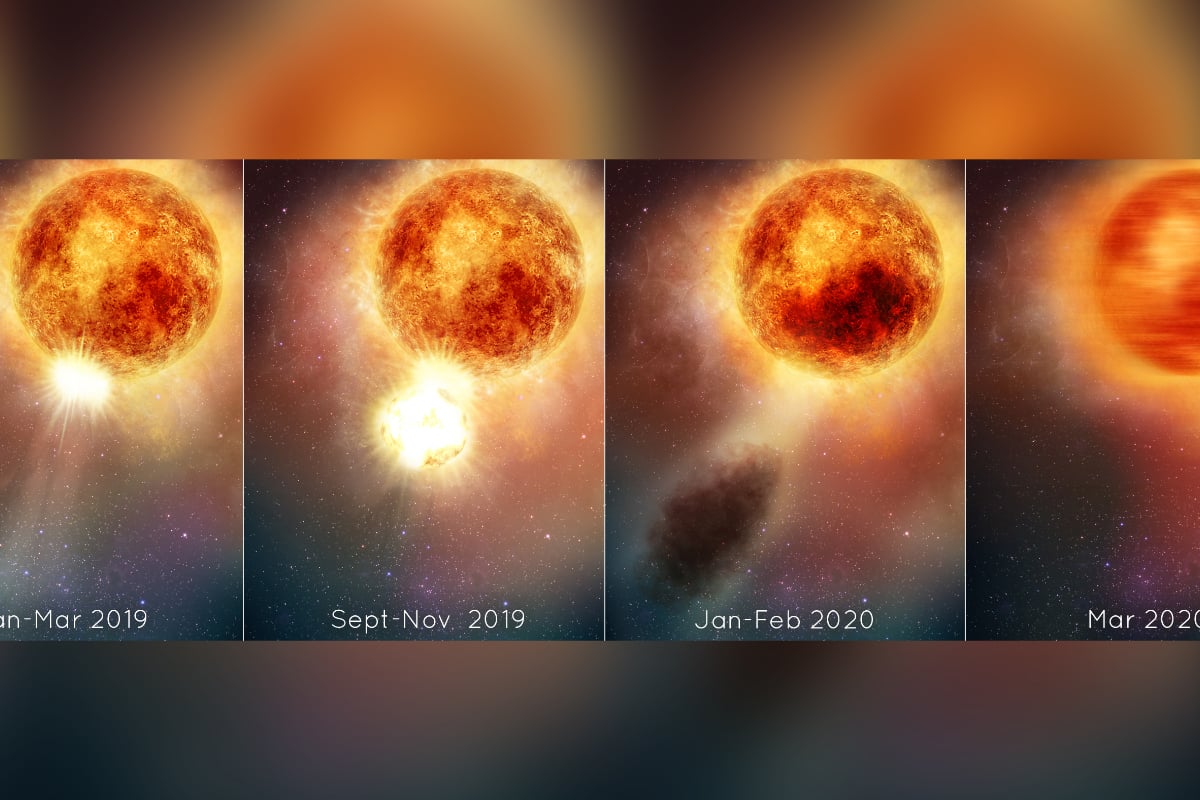Trump’s conflict with the Justice Department is intensified by news that the FBI wanted nuclear documents
The allegation that FBI agents looked for nuclear weapons-related confidential materials at...

A gigantic eruption
One of the largest stars in the Orion constellation, the red supergiant Betelgeuse, just had a gigantic stellar eruption that has never been observed before, according to astronomers.
Betelgeuse gained notoriety for the first time in late 2019 when the star, which gleams like a crimson diamond in Orion’s upper-right shoulder, unexpectedly darkened. In 2020, the supergiant continued to lose brightness.
Scientists have been attempting to find out what happened to the star since some predicted that it would go supernova.
Now that data from the Hubble Space Telescope and other observatories have been evaluated, astronomers think the star underwent a gigantic surface mass ejection, losing a significant portion of its visible surface.
“We’ve never before seen a huge mass ejection of the surface of a star. We are left with something going on that we don’t completely understand,” a statement from Cambridge, Massachusetts-based scientist Andrea Dupree of the Center for Astrophysics | Harvard & Smithsonian.
“It’s a totally new phenomenon that we can observe directly and resolve surface details with Hubble. We’re watching stellar evolution in real-time.”
Coronal mass ejections, or CMEs, are periodic outbursts of the star’s corona, the outer atmosphere that surrounds our sun. In the event that this space weather affects Earth, satellite-based power grids and communications could be affected.
But compared to a typical coronal mass ejection from the sun, the surface mass ejection Betelgeuse underwent discharged more than 400 billion times as much mass.
Catch all the Business News, Breaking News Event and Latest News Updates on The BOL News
Download The BOL News App to get the Daily News Update & Live News.